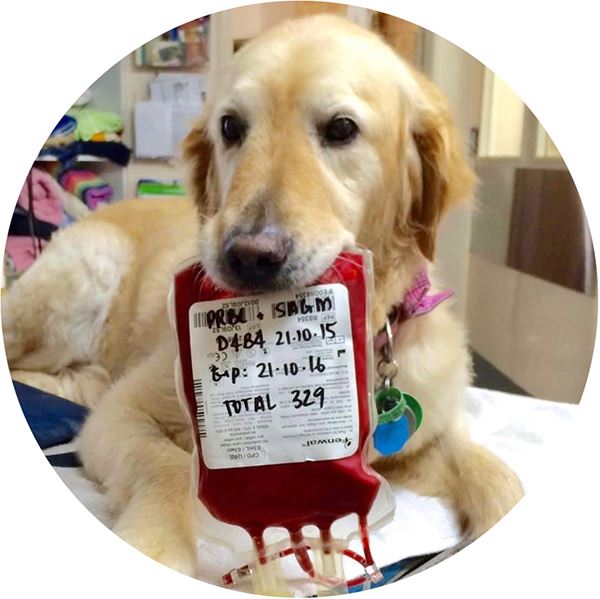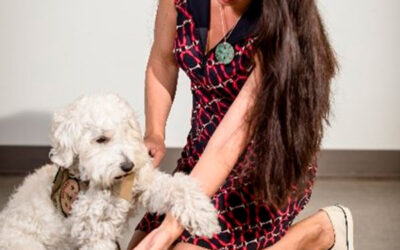Over the past few months, I’ve trained four dogs whose lives were saved through blood transfusions. Willing pet owners and qualified pets can donate blood regularly to help other pets in need. Due to limited collection locations and so few donors, many veterinarians are in need.
So, this made me think; could one of my dogs qualify and help others? I am documenting the process to inform the masses and share our experiences with the world.
Blood donation qualifications can vary depending on the collection site, but many qualifications fall within these guidelines:
• Age range: Dogs 1-7 years old / Cats 1-8 years old
• Weight: Dog Roughly 50 lbs / Cats 10 lbs with healthy body mass
Qualifications:
• Has never been pregnant, has never received a blood transfusion, and is not on medications.
• Cannot be around other cats tested positive for FELV or FIV.
• Must be current on vaccinations and on flea and tick prevention.
Some blood bank locations ask for a one-year or more commitment but offer perks like free vaccinations, lab work, and/or flea and tick prevention.
After assessing these qualifications, I realized that one of my dogs, Louis, met all qualifications to donate blood. My next step was to call the collection location and set up an evaluation.
To make the first visit easier on Louis, we made it a very special trip. He got to greet employees, got treats from staff, and acclimate to his new environment. We did a little bit of training in the lobby to keep his attention in the right place and keep his stress level low as well. Once in the examination room, we made the situation fun by interacting and giving high-value rewards to keep him in a happy place. He actually enjoyed the whole visit! They performed a basic physical checkup and took a sample of his blood to determine his blood type. And the next step, he qualified to donate blood on a regular basis. We start Luis on his new journey to save lives this February/March. This was an exciting moment because my socially awkward and silly rescue dog is going to help save the lives of other dogs. The experience was actually easier than I thought. I encourage everyone whose pet meets the criteria to consider making a lifesaving donation for our furry friends in need.
Things to consider:
· You are saving the lives of other pets!
· This does not hurt the donor during donation.
· Screening is very easy!
For more information contact vscot.com














